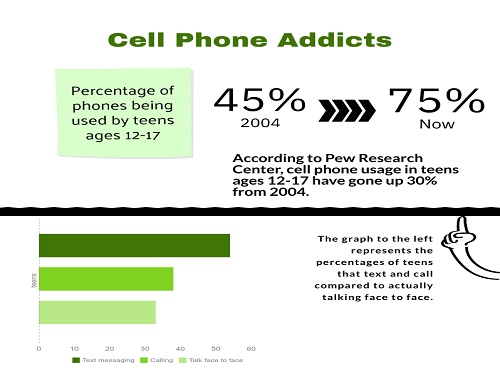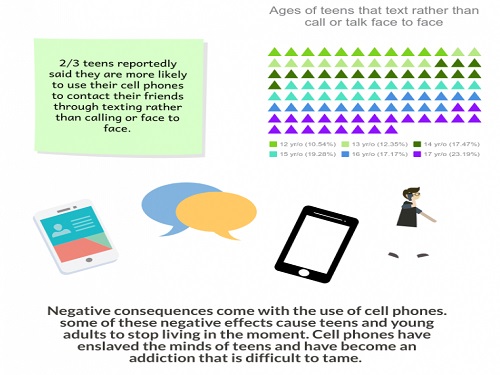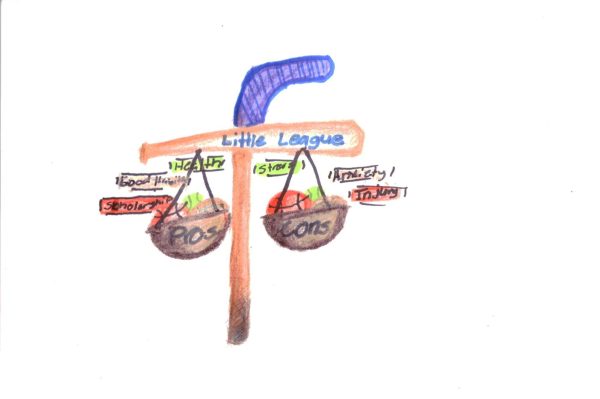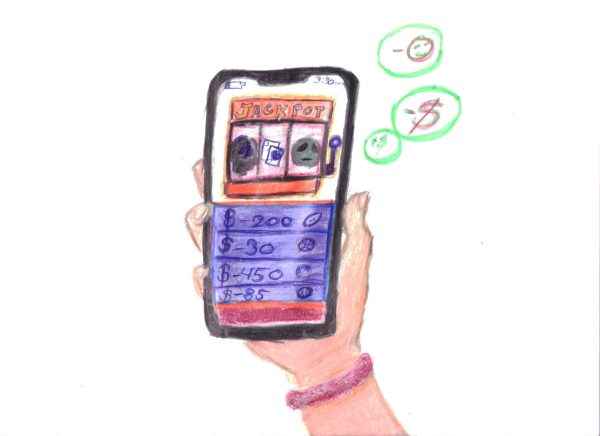Teen cell phone addiction increases with advancements in technology

CELL PHONE ADDICTS breaks down teens’ cellular device usage, as well as how much the numbers have risen over the past 15 years.
If one were to look around a middle and high school cafeteria, they would notice that almost everyone is on their phone. Walking, running, driving, eating, it’s everywhere, but most prominently in regard to teens. And, over the past few years, teens in the United States between the ages of 13-17, have seemingly developed an addiction to cell phones. The addiction, whether driven by social media, virtual relationships, gaming, streaming or other various online compulsions is a problem.
So, while communication through cellular devices increases, it would only make sense that face to face communication decreases. Furthermore, the percentage of teens communicating virtually will only increase as technology advances.
According to study from Pew Research Center, 33 percent of teens speak face to face, but 54 percent text, and 38 percent call. Young teens are more likely to internalize bad feelings about themselves and be susceptible to the side affects of cell phone addiction when spending more than three hours a day on social media. In fact, many teens admit they are glued to their cell phones to simply pass time, scrolling through photos posted on social media.

CELL PHONE ADDICTS breaks down teens’ cellular device usage, as well as how much the numbers have risen over the past 15 years.
Photos posted on various social media platforms are one of the main contributions for the addiction to cell phones and has likely become one of the most contributing factors that create the idealized teen image. Then, to achieve this “virtual” ideal image, teens spend hours taking ‘selfies’, adding filters and editing them to reach this ideal. These actions are caused from the fear of not being accepted in society and the insecurities embedded in teens self esteem.
Cell phones, overall, are slowly etching away at the lives of teens and taking away valuable time with an unhealthy addiction. While parents and other adults try to regulate cell phone use by minimizing screen time, it is not always effective. In order to drastically decrease the problem, teens must realize themselves that life is more than just a picture on a screen and that while one can edit a photo, they cannot simply edit a personality. Teens must understand that a photo that doesn’t get many ‘likes’, does not determine social acceptance and a filtered photo doesn’t take away from the insecurities already embedded in a teens’ self-esteem.
“Cell phone addiction changes how teens think about others through social media. It’s a big distraction to one’s potential in life and has gotten out of control,” junior Jayden Ousley said. “Whenever I hangout with friends, everyone’s always on their phones, and there’s hardly any real conversations.”










